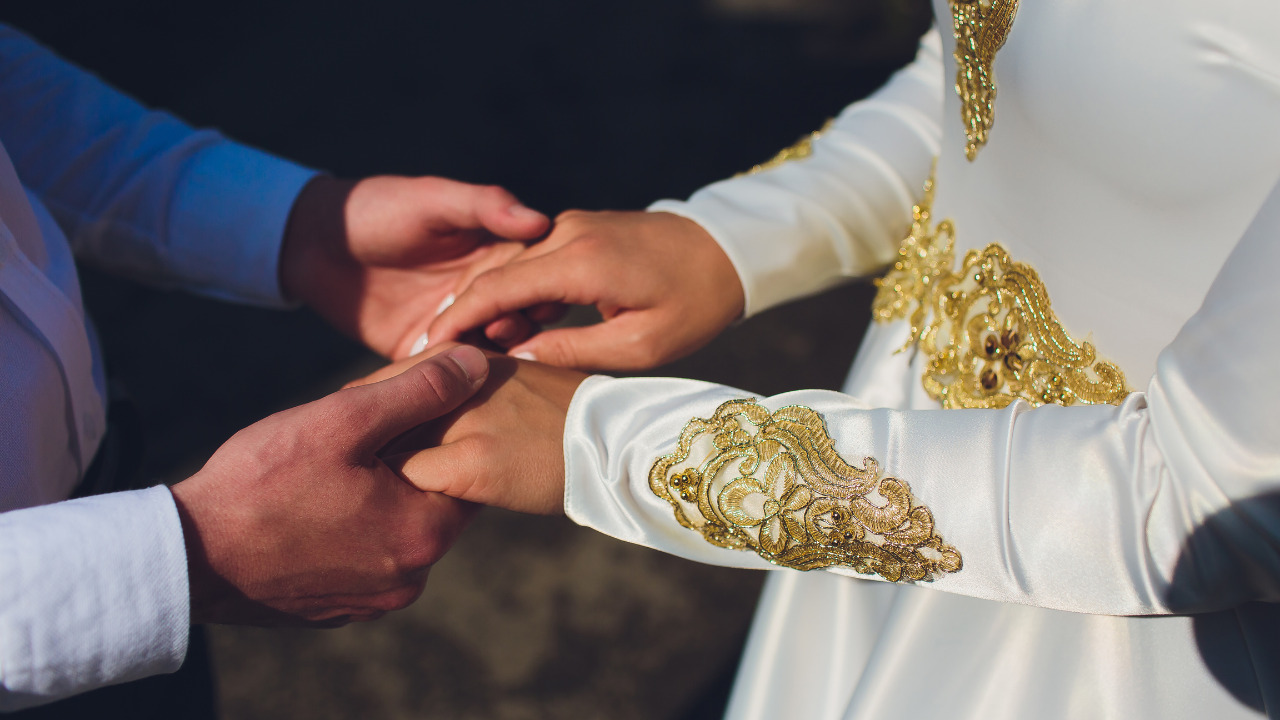Pick almost any period from America’s past, and chances are good that you can venture back into it at a living history museum for a howdy and a handshake. Staff members called interpreters simulate days of yore by donning period garb and performing everyday tasks in accurately reproduced settings. It’s history on the hoof. History-loving honeymooners can experience the romance of the past — for real. Many take advantage of the staff interpreters to find out what life was like for couples-in-love long ago.
Some of these historic places have accommodations on site; if not, we’ve suggested nearby, appropriately historic hotels and inns. While a number of the sites are closed in the winter, the inns generally stay open. Now sit back and scroll down for time travel:
1620: A Tenuous Toehold on the New Continent
Actors portraying members of the first 30 immigrant families — the Pilgrims — live out their day-to-day routines at the Plimoth Plantation, Plymouth, Massachusetts, following the seasonal cycle of a small farming community as if the year were 1620. They plant and harvest crops, tend animals, prepare food, build houses, and interact with their Native American neighbors as well as 20th-century onlookers. Why not cozy up to the fire in one of the thatch-roofed houses and chat with a couple “living” in 1620? Plimoth Plantation is open most of the year, and while there aren’t accommodations on site, an historic alternative is the Whitfield House, from 1782. Call (800) 884-2889.
1630: Tobacco Road Down Maryland Way
A trading ship, the Maryland Dove, sways astride the dock at Historic St. Mary’s City in southern Maryland. This replica re-creates the ships that stopped at coastal towns from Newfoundland to the Caribbean in the 17th century. In Maryland they swapped tobacco for codfish and sugar. Historic St. Mary’s was Maryland’s first government seat, and the Georgian-style Capitol Building itself has been rebuilt using excavated artifacts. Today, you might witness a mock trial staged by costumed actors. Down the gravel lane, Farthing’s Ordinary recreates an inn of the day, and there’s a working tobacco farm around the bend. The Brome-Howard Inn, a 19th-century farmhouse, was moved onto a nearby river-view site, renovated, and opened as a cozy inn. Call (301) 866-0656.
1776: Finding the Founding Fathers
Colonial Williamsburg, Virginia, (757) 229-1000, has dozens of interpreters toiling and talking among 123 structures and 90 acres of gardens. Guests begin their time travels at the Visitor Center, viewing a 35-minute film, “Williamsburg — the Story of a Patriot” before the short walk or bus ride to the Historic Area, where they can peruse nearly 40 buildings. Men and women dressed like colonials demonstrate more than 15 crafts — harness and musical-instrument making, baking, bookbinding, and wheelmaking, among others. Each interpreter explains his or her work and chats about life in colonial Virginia. Taverns provide meals, many using historic recipes, and there are nine stores aligned shutter-to-shutter, including wigmakers and milliners. Here at the granddaddy of living history museums there are many choices of lodging, with the most authentic being The Colonial Houses — and right in the heart of the historic district. But with room service and private baths, these renovated and rebuilt houses don’t neglect modern comforts, either. Call (800) HISTORY.
1700s: Celebrating Old Ways New Mexico Style
The serenity of El Rancho de Las Golondrinas, (505) 471-2261, 30 minutes south of turquoise-crazy Santa Fe, New Mexico, draws visitors down its cottonwood-lined paths. The “Ranch of the Swallows” was a historic stopping place on the royal road from Mexico City to Santa Fe. Visitors can tour the original adobe buildings of an 18th-century ranch, with its chapel, kitchen, and defensive tower. A two-hour self-guided tour meanders by lush fields sprouting fiery peppers, down the hill to the grist mill, then on into a shepherd’s village. Often interpreters staff the buildings, giving demonstrations. Few hotels in the country are as historic as La Fonda, located right on Santa Fe’s square — one of the oldest public spaces in America. Call (800) 523-5002.
1830: Rural Reality
The 40 buildings of Old Sturbridge Village, Massachusetts (800) SEE-1830, were relocated from throughout New England and perfectly reproduce the twilight before the industrial juggernaut changed the region forever. The Center Village, representing the heart of many such New England communities, contains shops, a meetinghouse, and homes all clustered around a fleecy-with-sheep common area. Down the winding country lane are working farms. A sawmill, gristmill, and carding mill ring the pond. Couples can steal a kiss on the covered bridge or step into one of the barns for a little old-fashioned necking: It’s picket-fence perfect. Ladies in bonnets enliven the scene, tending gardens, stewing chicken at an open hearth or stitching quilts as they tell tales about life in the early 1800s. The men, topped off in curious straw stovepipe hats, actually raise food for the village’s livestock using only 1830s implements. The perfect place for a couple to stay is in a room with a canopied bed at the Oliver Wight House.
1870: At Home in the Past
At Norlands Living History Center, in Livermore, Maine, guests live for three days as if the year were 1870. Here, Saturday night means quilting by lantern-light followed by a square dance and hand-turned ice cream. Then it’s off to sleep on a corn-tick mattress. Undoubtedly the nation’s most true-to-life living-history experience, Norlands is the only place in the country where visitors actually live in days gone by. Each participant takes on a personality in either the Waters or Pray family. Their actual homesites and graves are nearby, and guests learn about their characters through county records, diaries, and local history books. Time-travelers do farm chores, cook on a wood stove, plow the fields, milk the cows, and spin wool. (This is definitely a honeymoon for those who want to jump right in!) The only concessions to the 21st century? Window screens and toilet paper. For couples interested in history, this is surely one of the romantic places on the continent.
Mid 1800s – Early 1900s: America Heads West
Wisconsin is a state that takes great pride in its diversity, and the 576-acre, 50-structure Old World Wisconsin, (262) 594-6300, 35 miles from Milwaukee highlights six groups that immigrated from Europe to America’s heartland (this is real farm country). Farmsteads are used to represent Yankees, Germans, Poles, Norwegians, Finns, and Danes. A tram carries visitors from area to area. The time period ranges from 1840 to 1920. It’s open May through October and the first two weeks of December. By far the most authentic place to stay hereabouts is Eagle Centre House, a five-room bed and breakfast that’s in a historically accurate reproduction of an 1846 local home. Call (262) 363-4700.
Happy historic honeymoon!



